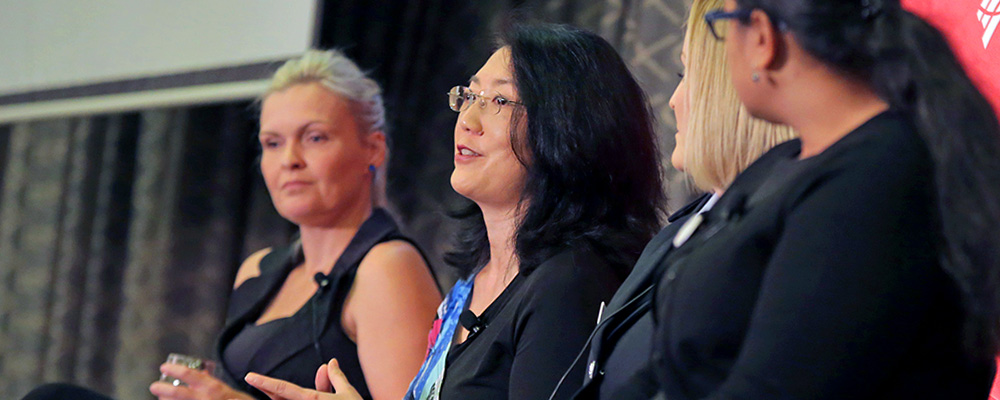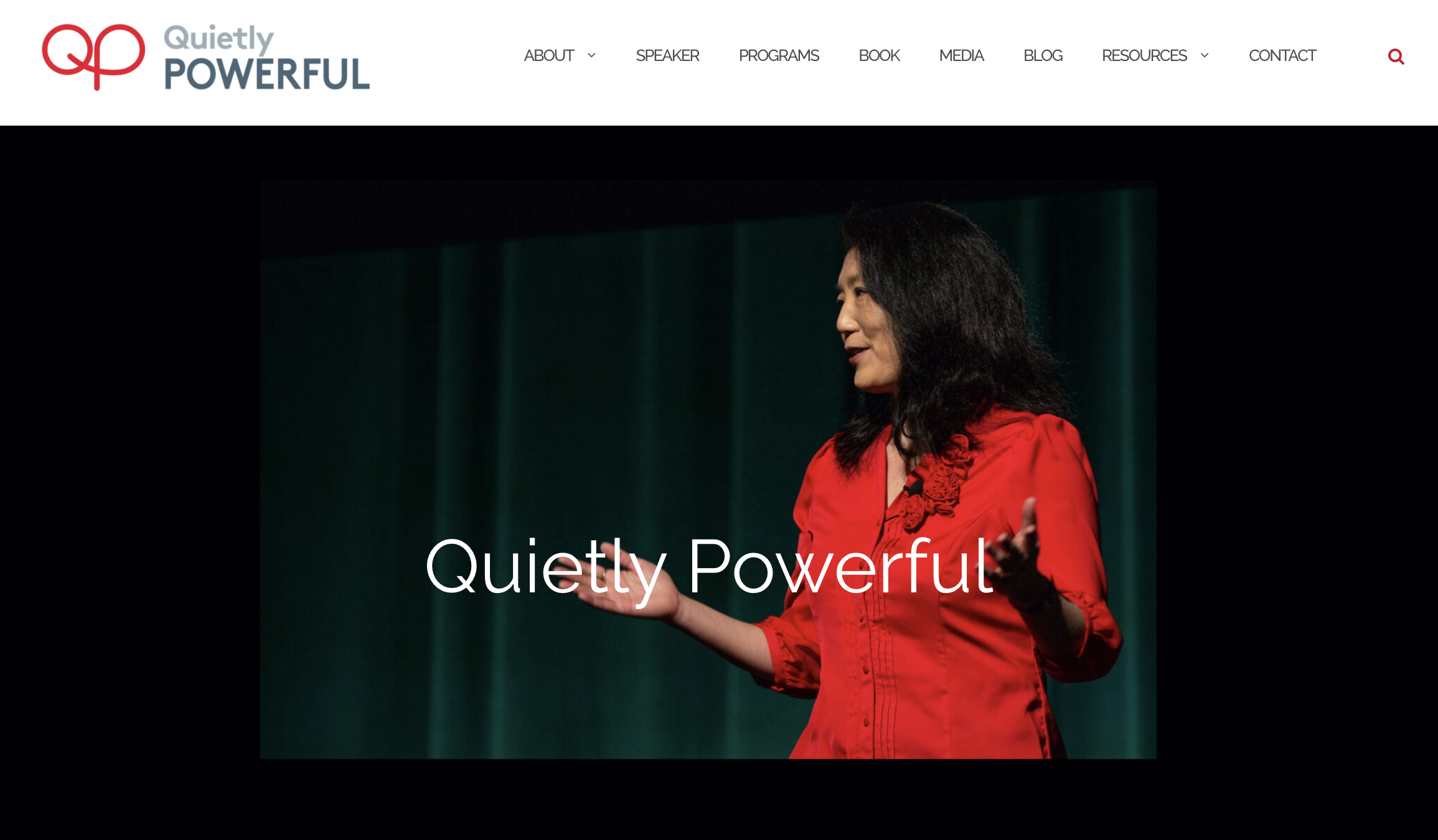My Blog
Power dynamics beyond hierarchy and positional power
- Details
- Posted: 08 September 2015
My last article “Power Blindness” pointed to how easy it is for us to be blind to the impact we can have on those with less power than us. In organisations, we tend to think of the power dynamics in terms of positional power and hierarchies, but there is so much more.
Power dynamics are tricky. Think of who or which groups have more power than others. Take a look at the list of a few examples below to see if they are true in your organisation.
Power dynamics in organisations – a few examples (there are many, many more)
- P&L (revenue generating) divisions over support units
- Those who do strategy work over front-line or operational work
- People who are working on the CEO’s top priority projects over BAU work
- People from head office over other offices
- Men over women
- White European descent over other ethnicities
- People in their 30’s and 40’s over those younger or older
- Extroverts over introverts
- People who are analytical over emotional
Power can come from belonging to a mainstream group. Some of the examples above are to do with being in a mainstream group – such as having power by being analytical rather than emotionally sensitive, where IQ is highly valued in an organisation. Without awareness, those in the mainstream can unintentionally marginalise people who do not fit the mainstream.
Power rankings are not only multi-faceted but also dynamic. It is dynamic in that the power differential depends on the context and who is involved. For example, an extroverted, smart, 40 year old white male business executive could have power in a strategy meeting, but have less power in a meeting about technology issues surrounded by technology experts.
Lack of awareness also leads to low empathy for those with less power. There is a tendency for us to forget the privileges we have and not appreciate the challenges faced by those with less power. For example, significantly more women than men perceive that reaching top management is harder for women (McKinsey, 2014).
Lack of awareness of these power differences leads to unintended misuse of power. People with the power are often blind to the impact they have on those with less power. For example, engaging head office staff in communication events more regularly than other offices has a diminishing effect, even if it is unintended. Julie Diamond and Rho Sandberg offer many other examples of misused power.
When people with less power feel marginalised, under-valued, shut down or even put down, it becomes unsafe or unrewarding to contribute their unique talents. For organisations to be successful, those with power need those with less power to contribute their best. The challenge for us all is to be open to seeing and becoming aware of the power dynamics and our impact. It’s more productive to recognise and work with it, rather than pretend it’s not there. When we are more aware, we can use our power wisely to bring out the best in everyone.
Where have you seen beneficial use of power dynamics in organisations?
Related articles:
People may be afraid of you and why you should care


